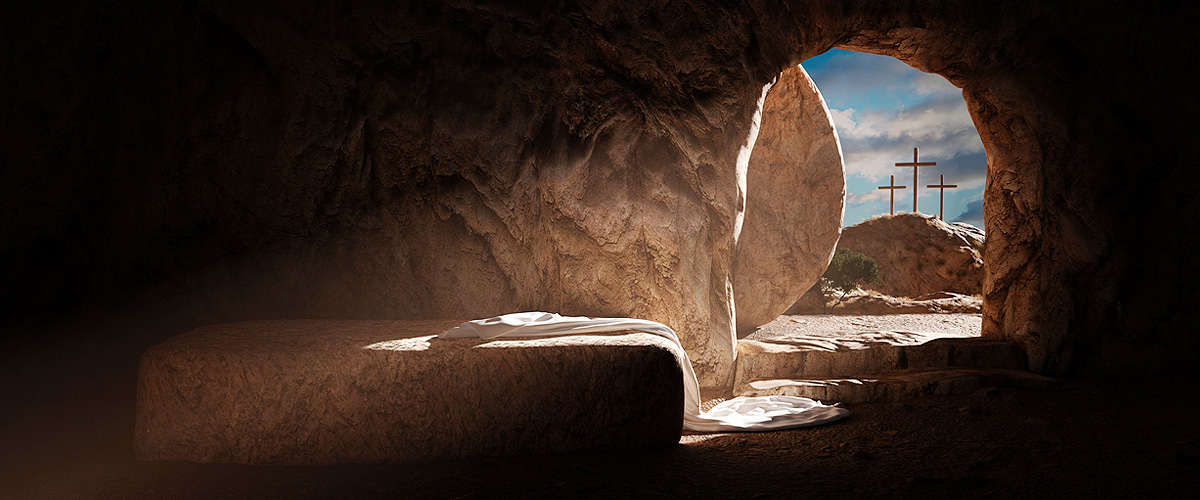‘In the Christian theology of history, the death of Christ is the central point of history; here all the roads of the past converge; hence all the roads of the future diverge’ – Stephen Neill
For most of us, the last few weeks have felt a little like an autumn fog that arrives overnight and greets you at first dawn. Unexpected and unexplained. We experience it often here in Cape Town, and it can leave you feeling strangely disorientated, almost displaced. The one giveaway that the fog has rolled in, is the far-reaching sound of the local foghorn and the piercing beam of the lighthouse.
..signs and symbols point beyond themselves to a message
A Beacon of Light
In the midst of the disorientation and sense of displacement that the world is facing at this time, there is a light that is needed to bring a sense of orientation and to make sense of the darkness of our disorientation and displacement. This beacon is the light of the good news of Jesus Christ, which shines forth from the Cross – the sign and symbol at the centre of our faith.
With Easter almost upon us, I want to remind us of why the cross is the central sign and symbol of our faith, and if we allow the cross to re-orientate our lives, why we will be beacons of light shining forth in the fog of this confusing time.
Signs and Symbols
Every religion and ideology has a visual symbol, which points to the essence of what is believed and practised.
Buddhism is associated with the Lotus flower, Modern Judaism uses the Star of David, and Islam is mostly symbolized by a crescent.
An ideological/political example is Marxism, which adopted a hammer and sickle in 1917. They took these symbols from a 19th century Belgian painting to represent industry and agriculture, crossed over to signify the union of workers and peasants, of factory and field.
Whether in religion or ideology, or even in politics, business and community, signs and symbols point beyond themselves to a message, to a value system, to an idea that is believed and practised.
Christianity is no exception to such visual symbols. The cross was not its earliest, however.
The Cross Avoided
Because of the accusations levelled against the first Christians, which manifested in violent persecution, the cross was at first avoided, not only for its direct association with Christ, but also for its shameful association with the execution of common criminals.
Symbols such as a peacock (symbolizing immortality), a dove, the athlete’s victory palm and a fish, a Greek acronym ichtys from the confession of Iesus Christos Theou Huios Soter (Jesus Christ, Son of God, Saviour) were all used in the early days of heavy persecution. But these symbols did not last. Instead the chosen symbol came to be not the flame of Pentecost nor the dove of the Holy Spirit nor the stone of the empty tomb, but a cross.
The Cross Accepted
The choice of the cross as the symbol of the early church’s faith needs to be understood against the horror with which crucifixion was regarded in the ancient world. Crucifixion seems to have been invented by the Barbarians on the edge of the known world and taken over by both the Greeks and Romans.
To the Romans
When the Romans adopted it, they reserved it for criminals convicted of murder, rebellion or armed robbery, if they were also slaves, foreigners or members of society deemed as non-persons. Such was the horror of crucifixion that Roman citizens were exempt, except in extreme cases of treason.
To the Jews
If the Romans regarded crucifixion with horror, so did the Jews, though for a different reason. Jews made no distinction between a ‘tree’ and a ‘cross’, and so between hanging and crucifixion. This meant that the cross invoked images of Deuteronomy 21:23 which says that ‘anyone who hung on a tree is under God’s curse’. Crucifixion was a sign of God’s cursing and judgment to the Jews.
To Christians
The fact that a cross became the Christian symbol despite its horror, and that Christians refused, despite much opposition and persecution, to discard it in favour of something less offensive, can only have one explanation: the cross originated in the mind of Jesus Himself.
Let that sink in for moment.
Jesus and the Cross
The Scriptures, and specifically the Gospels, tell us that Jesus displayed a deep sense of purpose throughout His life. From young, He expressed that He knew He had a mission. This purpose, this mission, to bring God’s eternal light to the darkness of our fallen world (John 1:4-5), needed to be fulfilled, no matter the cost.
The cross was central to His mission.
And so, Jesus adopted talk of death and the cross as central to His mission, seeking to prepare His disciples for what was to come as clearly as possible because of the horror surrounding the cross. ‘And he began to teach them that the Son of Man must suffer many things and be rejected by the elders and the chief priests and the scribes and be killed, and after three days rise again. And he said this plainly’ (Mark 8:31-32)
As if that was not explicit enough, we find Jesus, days away from His death, speaking with His disciples in preparation for the Passover. ‘When Jesus had finished all these sayings, he said to his disciples, ‘You know that after two days the Passover is coming, and the Son of Man will be delivered up to be crucified.’ (Matthew 26:1-2)
A couple of days later, He sits down to His final meal with His disciples, celebrating the Passover, and initiates a prophetic act by telling them to keep the cross at the centre of their worship, even following the resurrection (Matthew 26:26-29). For the light of God’s love to shine out to humankind, the darkness of sin had to be dealt with, and so Jesus purposed to die on a cross. The cross was central to His mission.
..its significance is determined by the nature of this death and what it cancelled and conquered.
The Apostles and the Cross
Turning to the early church, it is often asserted that in the book of Acts, the apostles’ emphasis was on the resurrection rather than on the death of Jesus. While clearly the death-defying news of the resurrection was burning alive in their hearts and rolling off the tips of their tongues, it would be an exaggeration to say that their message was an exclusively resurrection gospel.
Since it is a resurrection from death, its significance is determined by the nature of this death and what it cancelled and conquered.
Our Beacon
For the power and curse of sin, and consequently death, to be cancelled and conquered, Jesus chose crucifixion in order to reveal to us the horror of our sin, and then to overcome it as He was raised from the dead. He who is perfect and eternal light experienced darkness for you and for me, and there was no greater darkness in the world at that time than the horror of death on a cross.
What a God. What a Saviour. What a choice. What love.
‘And being found in human form, he humbled himself by becoming obedient to the point of death, even death on a cross. Therefore God has highly exalted him and bestowed on him the name that is above every name, so that at the name of Jesus every knee should bow, in heaven and on earth and under the earth, and every tongue confess that Jesus Christ is Lord, to the glory of God the Father’ (Philippians 2:8-10)
Let us be reminded this Easter, during a time of great turmoil in our world, that the cross has always been and will always be the sign and symbol upon which our faith is orientated, shining forth through the fog of our times.
*The ESV and John Stott’s ‘Cross of Christ’ were primary resources for this article.











